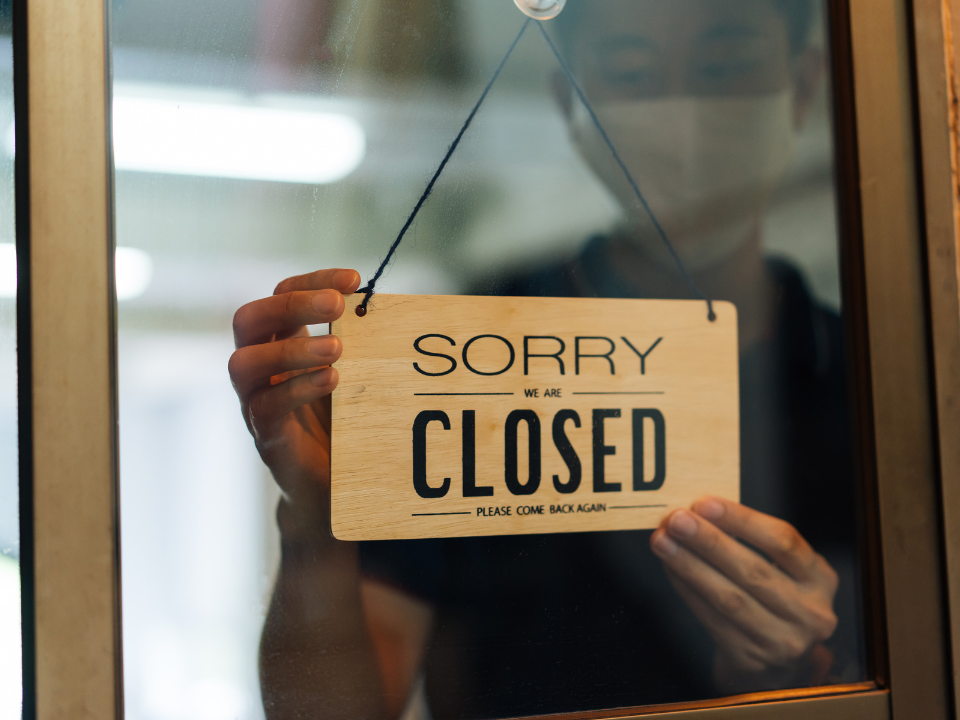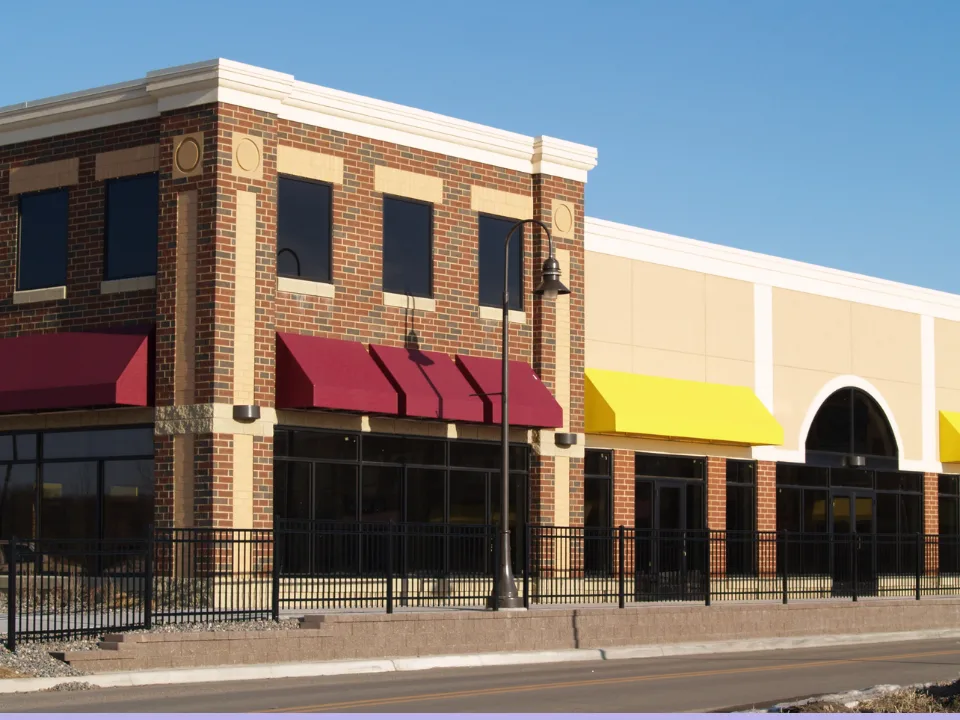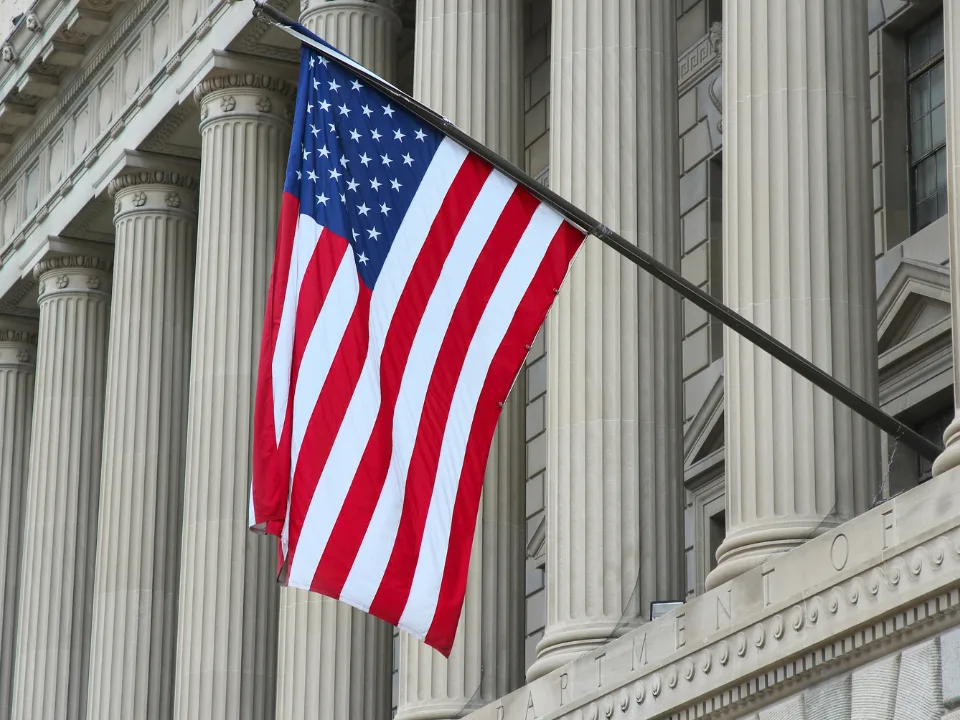- YTD, U.S. store closures outnumber openings, which was not the case in 2022 or 2023. As of August, 2024 recorded 4.55K closures against 4.43K openings.
- Retail bankruptcies—particularly among furniture, home goods, and improvement stores—have driven the drastic rise in closures.
- Despite the high number of closures, demand for retail remains strong, with a national retail vacancy rate of just 4.1% due to a tight supply of available space.
According to CoStar, the U.S. retail landscape is seeing a seismic shift this year, with store closures outpacing openings for the first time in several years.
By The Numbers
According to a Coresight Research report, as of August, 4,548 retail stores had closed their doors nationwide, compared to just 4,426 openings, resulting in a net loss of 122 stores.
Many retailers are facing growing financial difficulties, particularly in sectors related to home goods and improvement. Stores are grappling with rising costs, slowing sales, and a persistently challenging and uncertain economic environment.
The Tipping Point
Notably, this year is a departure from the past two years, when store openings slightly outpaced closures. The change is largely attributed to a surge in retail bankruptcies and financial distress among companies like Big Lots (BIG), which upped planned closures to 258 locations.
John Harmon, managing director of technology research at Coresight, also pointed out that closures and openings were closely tracking each other until very recently.
Shuttering Stores
To make matters worse, several well-known retail chains have announced widespread closures in recent weeks. Companies like LL Flooring Holdings (LLFLQ), Conn’s HomePlus (CONNQ), and Buca di Beppo are among those shutting down multiple locations.
LL Flooring alone closed 94 stores, a move not yet included in Coresight’s latest report. Even established names like J.C. Penney and Target (TGT) are contributing to the trend, with J.C. Penney planning more store closures into 2025.
Tightening Demand
Despite the wave of closures, experts like Brandon Svec, national director of U.S. retail analytics for CoStar Group, argue that this isn’t a return to the retail apocalypse seen in previous years.
Retail vacancy rates remain low, and there is still strong demand for space across various sectors. The retail market’s overall balance of supply and demand remains tight, with ongoing interest from a broad range of tenants.
Why It Matters
As high inflation and interest rates curb consumer spending, retailers are struggling to stay afloat.
However, this year’s closures are still modest compared to the peak pandemic years, and new store openings continue to add significant square footage to the market.
As the year progresses, more store closures and bankruptcy filings are expected, particularly among home improvement and related retailers.

















